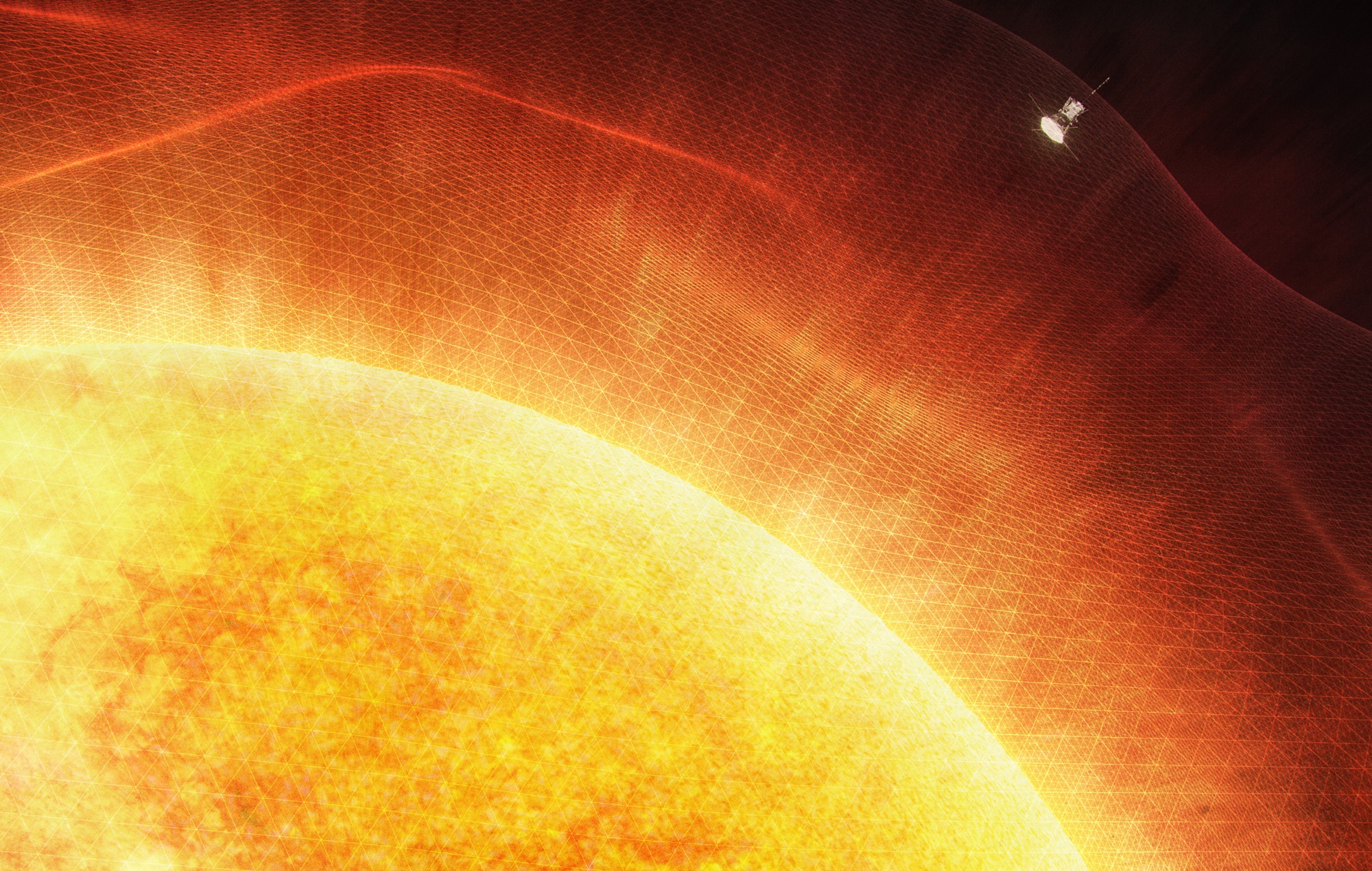

Few places in the solar system get hotter than the surface of the sun. But contrary to expectations, the tenuous tendrils of plasma in the outermost layer of its atmosphere—known as the corona—are way more searing than its surface.
“It is very confusing why the solar corona is farther away from the sun’s core, but is so much hotter,” says University of California, Berkeley space sciences researcher Jia Huang.
The solar surface lingers around 10,000 degrees Fahrenheit, while the thin corona can get as hot as 2 million degrees. This conundrum is known as the coronal heating problem, and astronomers have been working on solving it since the mid-1800s.
“Simply speaking, solving this problem could help us understand our sun better,” says Huang. A better understanding of solar physics is also “crucial for predicting space weather to protect humans,” he adds. Plus, the sun is the only star we can send probes to—the others are simply too far away. “Thus, knowing our sun could help understand other stars in the universe.”

A brief history of the coronal heating problem
During the 1869 total solar eclipse—an alignment of the sun, moon, and Earth that blocks out the bulk of the sun’s light—scientists were able to observe the faint corona. Their observations revealed a feature in the corona that they took as evidence of presence of a new element: coronium. Improved theories of quantum mechanics over 60 years later revealed the “new element” to be plain old iron, but heated to a temperature that was higher than the sun’s surface.
[Related: We still don’t really know what’s inside the sun—but that could change very soon]
This new explanation for the puzzling 1869 measurement was the first evidence of the corona’s extreme temperature, and kicked off decades of study to understand just how the plasma got so hot. Another way of phrasing this question is, where is the energy in the corona coming from, and how is it getting there?
“We know for sure that this problem hasn’t yet been resolved, though we have many theories, and the whole [astronomy] community is still enthusiastically working on it,” says Huang. There are currently two main hypotheses for how energy from the sun heats the corona: the motion of waves and an explosive phenomenon called nanoflares.
Theory 1: Alfvén waves
The surface of the sun roils and bubbles like a pot of boiling water. As the plasma convects—with hotter material rising and cooler material sinking down—it generates the sun’s immense magnetic field. This magnetic field can move and wiggle in a specific kind of wave, known as Alfvén waves, which then push around protons and electrons above the sun’s surface. Alfvén waves are a known phenomenon—plasma physicists have even seen them in experiments on Earth. Astronomers think the charged particles stirred up by the phenomenon might carry energy into the corona, heating it up to shocking temperatures.

Theory 2: Nanoflares
The other possible explanation is a bit more dramatic, and is kind of like the sun snapping a giant rubber-band. As the sun’s plasma tumbles and circulates in its upper layer, it twists the star’s magnetic field lines into knotted, messy shapes. Eventually, the lines can’t take that stress anymore; once they’ve been twisted too far, they snap in an explosive event called magnetic reconnection. This sends charged particles flying around and heats them up, a happening referred to as a nanoflare, carrying energy to the corona. Astronomers have observed a few examples of nanoflares with modern space telescopes and satellites.

The coronal heating mystery continues
As is usually the case with nature, it seems that the sun isn’t simply launching Alfvén waves or creating nanoflares—it’s more than likely doing both. Astronomers just don’t know how often either of these events happen.
[Related: Hold onto your satellites: The sun is about to get a lot stormier]
But they might get some straightforward answers soon. The Parker Solar Probe, launched in 2018, is on a mission to touch the sun, dipping closer to our star than ever before. It’s currently flying through some outer parts of the corona, providing the first up-close look at the movements of particles that may be responsible for the extreme temperatures. The mission has already passed through the solar atmosphere once, and will keep swinging around for a few more years—providing key information to help scientists settle the coronal heating problem once and for all.
“I would be very confident that we could make big progress in the upcoming decade,” says Huang.
